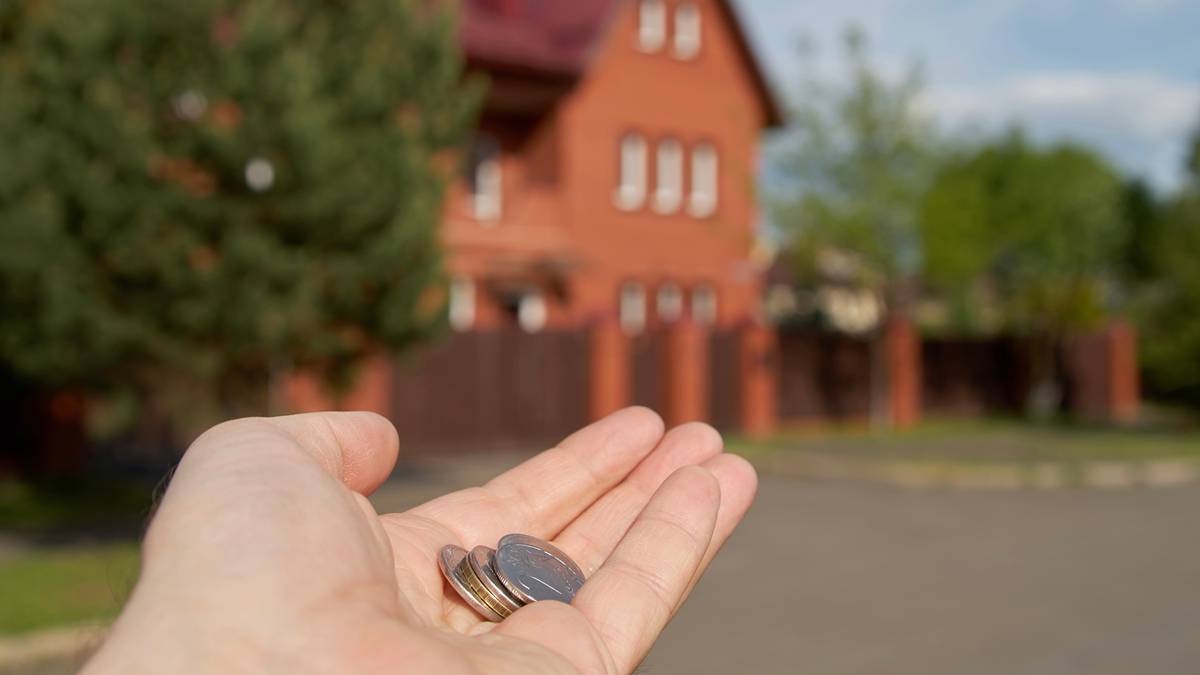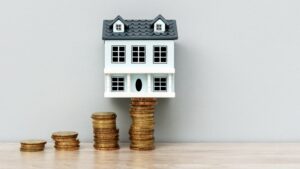How to buy investment properties without spending a cent

Pic via Getty Images
You don’t need real money to become a real estate investor. You don’t need to save a huge deposit to buy your first rental property or add to an existing real estate portfolio. You just need knowledge, patience and equity.
I’ve bought a few properties over the past 25 years, not as many as I now wish, but enough to put me halfway down the road to financial freedom.
It’s all about your equity, maaate, as claimed by those catchy old Commonwealth Bank ads suggesting people borrow against equity in their home – the difference between the property’s value and the outstanding debt – to pay for holiday homes, renovations and investment properties.
Equity is your key to buying rental property number one, two, three and beyond, without parting with any real cash.
The bank only needs to know you have enough equity to serve as a deposit, and the financial ability to cover repayments, including a buffer to protect against rising interest rates.
For example, if you own a $1m home and your loan is $600,000, you have $400,000 of equity. The bank usually requires $200,000 of that for your home to remain with its comfortable 80 per cent lending requirement, known as a loan-to-value ratio, but that leaves another $200,000 of equity that can serve as a deposit for another property. If the second property is also worth $1m, you then have $2m of property in total with $400,000 total equity, right on the 80 per cent lending limit.
Then, as each property rises in value over time, your overall wealth grows at a faster rate than your debt, and faster than the wealth of people with one property.
A majority of Australia’s 2.3 million residential real estate investors own a single rental property, according to Australian Taxation Office data.
Its latest tax statistics, for 2023, show there were 1.6 million people with an interest in one rental property, 423,401 with two, and 129,695 with three. Then it gets thin: the number of Australians with four property investments was 46,758, while 18,837 had five and 19,389 had six or more.
Holding multiple properties has delivered investors in several states huge capital growth in recent years, as they not only benefit from their own home’s growth but that of the homes that others are renting from them.
However, property prices move in cycles – sometimes taking many years. I’ve personally held real estate assets that virtually went nowhere for almost a decade, so patience is vital.
Patience does not mean doing nothing. You must make a start if you want investment success, and that can include reading articles, books, writing an investment plan and speaking with successful property investors you know.

For me, it started with a book, the late 1990s bestseller Rich Dad Poor Dad by Robert Kiyosaki, whose real father was a respected and successful academic, but his “Rich Dad” – his best mate’s father – taught him valuable lessons about building wealth.
I bought the book in 2001 and it still has the $19.95 price sticker from Angus & Robertson. Recently re-reading it, I discovered that I don’t agree with all of Kiyosaki’s words – a quarter of a century of time can do that – but it retains several valuable lessons including:
* Buy assets that deliver you income and growth, not liabilities that take away your money.
* Earn income from sources other than your own physical labour, and reinvest those earnings to get rich.
* McDonald’s founder Ray Krok built a hamburger empire, but told MBA students in 1974 that “my business is real estate”. Its restaurant sites made Maccas the world’s largest single owner of real estate.
* You have the power of choice, so choose daily.
“Financially, with every dollar we get in our hands, we hold the power to choose our future to be rich, poor or middle class,” Kiyosaki wrote.
All investing has risks, so understand them and have a financial safety net.
Beware of sharks flogging crappy properties in dodgy locations, but don’t let real estate horror stories put you off starting a property investment journey.
My biggest regrets are not starting sooner, and not trying to buy more property assets 10 or 20 years ago. The fact that Australia’s median capital city house price was $380,000 in mid-2005, and today is $1m, explains why.
This article first appeared in The Australian as How I bought a handful of investment properties without spending a cent
Related Topics
UNLOCK INSIGHTS
Discover the untold stories of emerging ASX stocks.
Daily news and expert analysis, it's free to subscribe.
By proceeding, you confirm you understand that we handle personal information in accordance with our Privacy Policy.









The biggest secret to success in property investment is not something your bank will tell you.